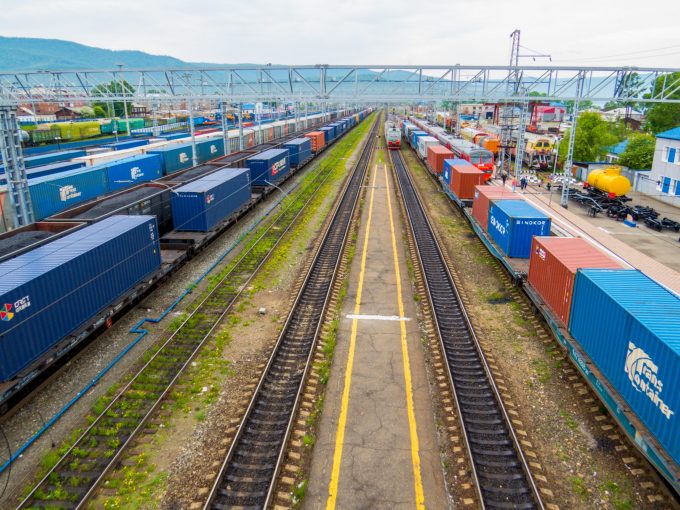Virgin Atlantic Cargo axes Shanghai route over cost concerns
Not even boundless volumes of ecommerce could save Virgin Atlantic’s Shanghai route, as higher costs ...
TFII: SOLID AS USUALMAERSK: WEAKENINGF: FALLING OFF A CLIFFAAPL: 'BOTTLENECK IN MAINLAND CHINA'AAPL: CHINA TRENDSDHL: GROWTH CAPEXR: ANOTHER SOLID DELIVERYMFT: HERE COMES THE FALLDSV: LOOK AT SCHENKER PERFORMANCEUPS: A WAVE OF DOWNGRADES DSV: BARGAIN BINKNX: EARNINGS OUTODFL: RISING AND FALLING AND THEN RISING
TFII: SOLID AS USUALMAERSK: WEAKENINGF: FALLING OFF A CLIFFAAPL: 'BOTTLENECK IN MAINLAND CHINA'AAPL: CHINA TRENDSDHL: GROWTH CAPEXR: ANOTHER SOLID DELIVERYMFT: HERE COMES THE FALLDSV: LOOK AT SCHENKER PERFORMANCEUPS: A WAVE OF DOWNGRADES DSV: BARGAIN BINKNX: EARNINGS OUTODFL: RISING AND FALLING AND THEN RISING

China-Europe rail freight volumes saw another uptick last month, helped by “record demand” for LCL cargo.
According to China Railway, there were 12,000 train trips between January and September, with volumes increasing to 1.18m teu, up 8% year on year.
By comparison, throughput for the first eight months was 1.02m teu.
The volume growth marks a steady turnaround since the initial shock of the war in Ukraine and subsequent western boycott of Russian supply chains.
Igor Tambaca, MD of Rail Bridge Cargo, said rail freight was still suffering a quieter peak season compared with previous years, but added: “Still, LCL orders have never been so high.
“We have seen an increase of 32% for LCL orders, compared with FCL, because the market in Europe is making smaller orders. This is due to lower market demand and the fact that most warehouses are full with goods already shipped through the year.”
Shippers are still interested in using rail freight on the main northern route through Russia, he explained, as the railways are offering “complete war insurance to secure freight on this route”. And added: “Although no incidents have been indicated or recorded since start of the war.”
Middle corridor volumes have “slowed down a bit”, Mr Tambaca told The Loadstar, largely because of the improving transit times of sea freight.
“Middle corridor transit times are also maturing, however, with China to Europe via the Caspian now down to 28-30 days, from 39-40 previously.”
He said rail freight rates remained higher than sea freight, due to increased costs in Kazakhstan, as well as costlier fuel and electricity. He noted: “Rates are stable and, on average, $2,500-$3,000 more than sea freight, per 40ft container.”
Meanwhile, more than 4,500 containers are waiting for transhipment at the Altynkol terminal in Khorgos, after two cranes broke down this month. According to Alice Tang, China-Europe land transport planner at ITS Cargo, there are mixed reports on whether the cranes have been fixed, but even after they are repaired, the congestion situation is likely to take a long time to normalise, she said.
Comment on this article